Gold panning is an age-old endeavor that has captivated the hearts of many. Whether you're drawn to it for the thrill of discovery or the potential monetary gain, learning how to pan for gold can be a rewarding experience.
This comprehensive guide will walk you through the process, from choosing the right equipment to finding the perfect spot to pan.
Key Takeaways:
- Understand the basic techniques and tools required for successful gold panning.
- Learn where to find gold and how to identify promising panning locations.
- Discover tips and tricks to increase your chances of finding worthwhile amounts of gold.
The History of Gold Panning
The first gold rush in history was likely not what you'd expect. It wasn't in California or the Yukon, but in Lydia, an ancient kingdom in modern-day Turkey, where gold was first discovered and used as currency.
Fast forward to the 19th century, and the California Gold Rush brought the concept of recreational gold panning into the public eye. Today, gold prospectors continue to pan for gold as a hobby, with the dream of finding that big gold nugget always in mind.
Essential Equipment for Gold Panning
Before you can start panning for gold, you'll need the right equipment. Gold pans are the most basic tool, and they come in various sizes and materials. Metal pans were used during the first gold rush, but plastic pans are more common now.
Other equipment you might consider includes a sluice box, classifier, snuffer bottle, and even metal detectors for more serious prospectors.
Choosing the Right Location
Finding gold is all about location. Look for places where gold has been found before, often near old mines or in areas known for placer gold.
Public land often allows recreational mining, but always check local laws and respect private property. Joining local clubs can provide insider knowledge on the best gold places.
Understanding the Gold Panning Process
Gold panning is a simple process, but it requires patience and practice. The goal is to separate the gold from the lighter material, like gravel and sand, by using water flow and gravity.
You'll fill your pan with wet dirt and gravel, then gently shake and swirl to allow the gold to settle at the bottom.
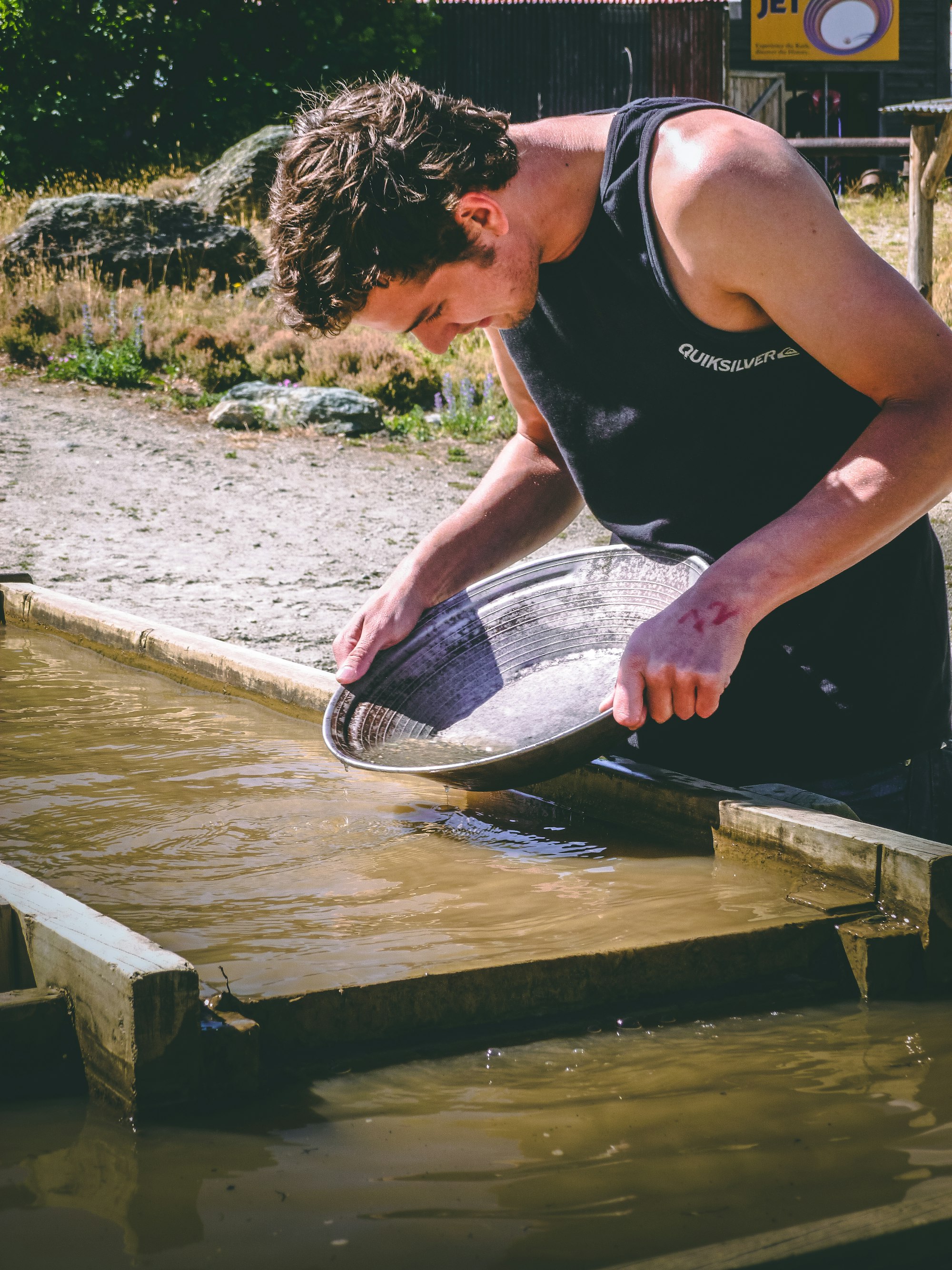
Preparing to Pan
Before you start, make sure you have all the necessary equipment. Fill your pan about half full with the classified material, which should be free of large rocks and debris.
Find a good spot at the water's edge where you can comfortably sit or stand as you work through the panning process.
The Art of Swirling and Shaking
Swirling and shaking the pan in just the right way is crucial for gold panning success. The idea is to keep the heavier material, like gold nuggets and black sands, at the bottom of the pan while the lighter stuff, such as lighter sand and rocks, is washed over the edge.
Identifying Gold in Your Pan
As you work through the lighter material, you'll start to see the heavier black sand and, hopefully, little flakes of gold. Real gold will be bright and maintain its luster, while fool's gold (pyrite) will be duller and often have a different shape.
Tips for Spotting the Yellow Stuff
Spotting gold can be tricky, especially if it's mixed with heavy black sand. Look for the yellow stuff to be sitting down at the bottom of your pan. Sometimes, using a snuffer bottle can help you suck up the tiny particles of gold dust and separate them from the other material.

Maximizing Your Gold Recovery
To catch gold more effectively, make sure you're not rushing the process. Take your time to carefully swirl and shake the pan, allowing all the gold to settle. Using a sluice box can also help you process more dirt and potentially find more gold.
The Allure of Pure Gold in Prospecting Gold prospecting isn't just a hobby; it's a passion fueled by the allure of finding pure gold – the kind that shines with an unmatched luster. When a prospector talks about pure gold, they're referring to gold that is not combined with other metals.
This is the dream of every gold hunter, to find nuggets of pure gold that can be worth a small fortune. The purity of gold is measured in karats, with 24-karat gold being the purest form.
It's this quest for the purest gold that keeps the prospector's spirit alive, braving the elements and tirelessly sifting through other rocks and sediment.
The term 'gold fever' aptly describes the excitement and obsession that comes with the pursuit of gold. It's a fever that has gripped people for centuries, driving them to remote locations in the hope of striking it rich.
Gold fever is contagious, especially when you're knee-deep in a stream, swirling your pan, and you catch the glint of something that could be pure gold.
It's not just about the monetary value; it's the thrill of the chase, the stories you'll tell, and the possibility of holding a piece of the Earth's treasure in your hands that keeps the fever burning in the heart of every prospector.
Distinguishing Gold from Fool's Gold One of the most crucial skills a prospector must develop is the ability to distinguish between gold and fool's gold, also known as pyrite.
While both minerals can be found near the water's edge and within the same mining areas, their properties are vastly different. Real gold is malleable and shiny, with a distinctive yellow hue that can vary in brightness depending on its purity.
In contrast, fool's gold is brittle, has a brassy color, and often forms in crystal shapes that can reflect light in a way that mimics the sparkle of real gold.
To the untrained eye, fool's gold can be misleading, and many novice prospectors have had their hearts sink upon realizing their 'find' is worthless. However, with experience, prospectors learn to quickly identify the real deal.
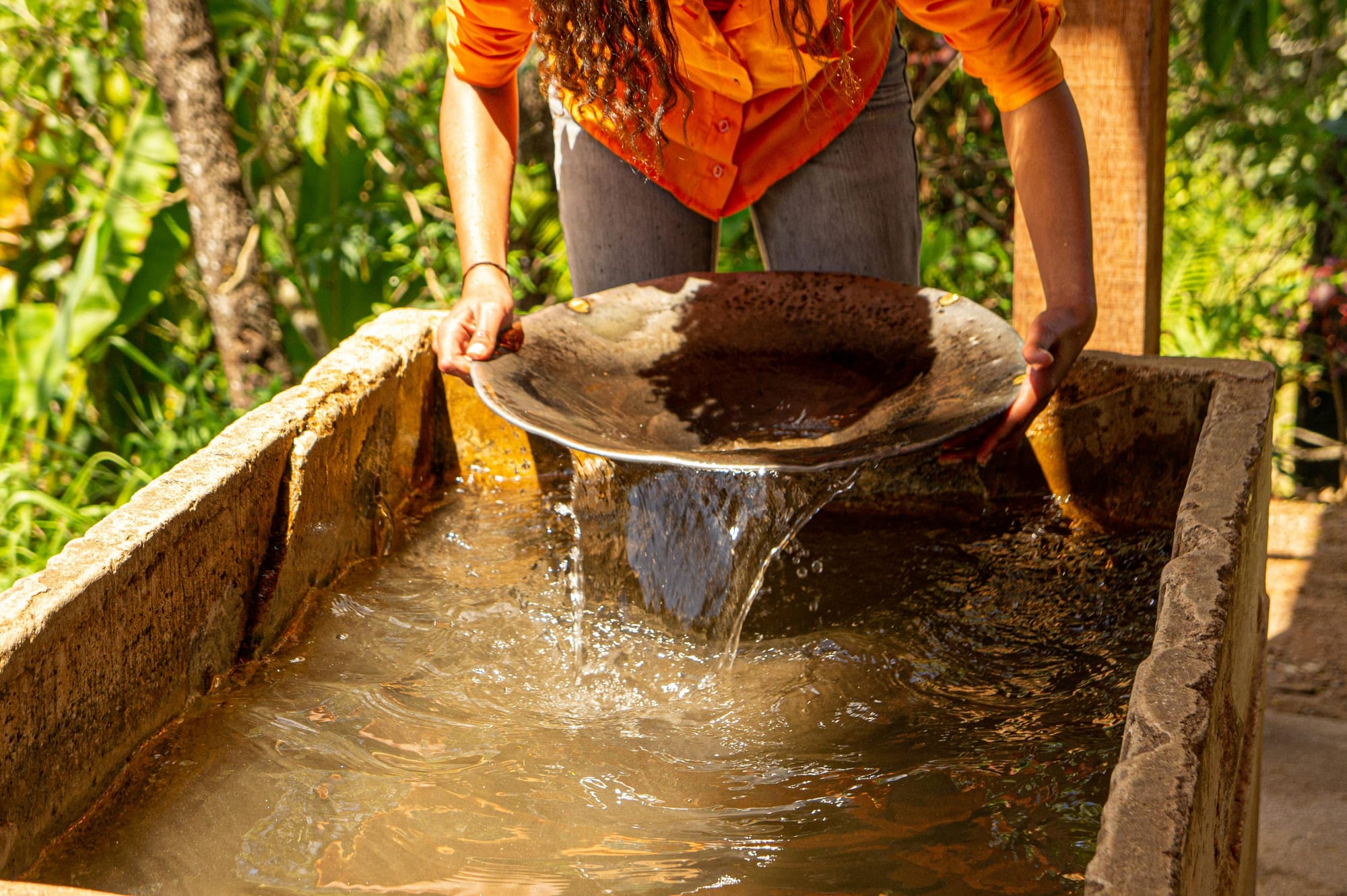
They know that gold is denser and will typically remain at the bottom of the pan after swirling and shaking, while lighter materials and other rocks wash away. The ability to spot the difference is what separates the seasoned prospector from the amateur, and it's a skill that is honed over many hours of panning and studying the unique characteristics of gold.
Deciphering Between Gold and Fool's Gold Have you ever held a shiny, metallic nugget in your hand, heart racing with the thrill of discovery, only to find out it's not the precious metal you thought it was? That's the classic case of mistaking pyrite, commonly known as fool's gold, for the real deal.
Pyrite can catch you off guard with its glittering facade, but don't be fooled—real gold will be malleable and heavy, while fool's gold is brittle and lighter. A simple field test is to use a ceramic plate to scratch the nugget; real gold will leave a gold streak, whereas pyrite will leave a black streak.
Spotting the difference between gold and fool's gold is crucial for any prospector. Real gold has a distinctive yellow sheen, even in the shade, and it will shine without any hint of another color. On the other hand, fool's gold often has a brassy shine and may even appear slightly greenish in certain light.
By familiarizing yourself with these subtle nuances, you can save time and focus on areas where true gold is likely to be found. Remember, gold is typically found near the water's edge or in the cracks of big rocks, so keep an eye out for these natural gold traps during your panning adventures.
The Strategic Approach to Big Rocks and Water's Edge When you're out in the field, panning for gold, paying attention to the geography and geology around you can significantly increase your chances of success.
Big rocks and the water's edge are not just scenic elements of the landscape; they're potential gold hideouts. Over time, the flow of water can erode gold deposits from rock formations and carry them downstream.
These particles often settle around large rocks, as the water's velocity decreases, making these areas a gold panner's hot spot. So next time you're scouting for a panning spot, consider the journey of gold and start your search near these natural collectors.
Moreover, the water's edge is another strategic location for gold panners. As the water slows down along the banks, it loses the energy required to carry heavy particles, causing gold to sink and accumulate over time.
This is why you'll often find seasoned prospectors carefully examining the sediment in these areas. But remember, the water's edge can shift with the seasons and water levels, so what might be a fruitful spot one day could be less promising the next.
Keep an eye on the environment, and don't hesitate to return to previously lucrative spots after heavy rains or droughts, as these events can reveal new treasures.

Recognizing Fool's Gold
When you're knee-deep in the stream, eyes scanning the water's edge, it's easy to get a rush from the glint of something shiny. But not all that glitters is gold—sometimes, it's pyrite, commonly known as fool's gold. This mineral can trick the untrained eye with its metallic luster and pale brass-yellow hue.
To distinguish it, look for the crystal structure; pyrite forms in cubes or octahedral shapes, while gold is more malleable and rarely forms in crystals. A simple test is to use a ceramic tile to scratch the specimen. Gold will leave a gold streak, while pyrite's streak will be a darker, sulfurous black.
Moreover, the weight difference is a telltale sign. Gold is significantly denser than pyrite, so if your find feels unusually light for its size, you might be dealing with fool's gold.
When panning, remember that gold will typically stay at the bottom of your pan due to its weight, while lighter materials, including pyrite, will move toward the rim with less effort.
By familiarizing yourself with these characteristics, you can save time and focus on the real treasure at the water's edge. The Geology of Gold Deposits Have you ever wondered why gold is found in some places and not others?
It's all about geology! Gold deposits are often found near the water's edge, where streams and rivers slow down and deposit sediments. Over time, these sediments bury and concentrate heavier materials like gold, forming placer deposits.
These are the deposits that prospectors are after when they pan for gold. Understanding the geology of these deposits can significantly increase your chances of finding gold.
In addition to waterways, gold can also be found in rock formations known as lodes. These are the original source of the gold that gets washed into rivers and streams. If you're panning near the water's edge and find small flakes or nuggets, it's a good sign that there might be a lode nearby.
By learning about the local geology and recognizing the signs of gold-bearing areas, you can better target your panning efforts and improve your chances of striking it rich.
The Myths and Realities of Gold Panning Gold panning is surrounded by myths and legends, and one of the most common is the tale of fool's gold. Fool's gold, or pyrite, has tricked many an eager prospector with its deceptive glimmer.

It's important to know how to distinguish between the real deal and this common impostor. Real gold will be malleable and heavy, while pyrite is brittle and lighter. The color is also a giveaway; gold has a warm yellow sheen, whereas pyrite has a cooler, brassy hue.
Another myth is that gold panning is a surefire way to get rich quickly. The reality is that it's a hobby that requires patience, persistence, and often, a bit of luck. While some may find sizable nuggets, most find smaller flakes or nothing at all.
It's the thrill of the hunt and the beauty of spending time at the water's edge that draws enthusiasts to this pastime. Understanding the realities of gold panning can help set realistic expectations and make the experience more enjoyable.
The Allure of the Water's Edge
There's something undeniably romantic about the water's edge, where the dance between liquid and land creates the perfect stage for gold panning. It's here that streams slow down, allowing the heavier gold to settle and await discovery.
When searching for a promising spot, look for places where the water runs slower, such as the inside bends of rivers or behind large rocks. These natural riffles can trap gold and other heavy minerals, increasing your chances of success.
But the water's edge offers more than just a potential jackpot; it's a gateway to the past. As you sift through the sediment, you're following in the footsteps of countless prospectors who have stood in the same spot, with the same hopeful anticipation.
Each shovelful of gravel and sand is a story waiting to be told, a piece of the earth's history in your hands. So, as you pan, take a moment to appreciate the journey of the gold, from its fiery formation deep within the earth to the tranquil resting place at your feet.
What to Do with Your Findings
Once you've found gold, you'll need to decide what to do with it. Some people sell their gold, while others keep it as a memento or even start a collection. If you find larger nuggets, they could be worth more money to collectors.
Staying Safe While Panning for Gold
Safety should always be a priority when panning for gold. Be mindful of the water flow and the stability of the stream bed where you're working. Cold water can also be a risk, so dress appropriately and consider wearing waterproof boots or waders.
Respecting the Environment
Gold panning can be fun, but it's important to practice it responsibly. Avoid disturbing the stream bed more than necessary, and always fill in any holes you dig. Be mindful of local wildlife and habitats, and carry out any trash you bring in.
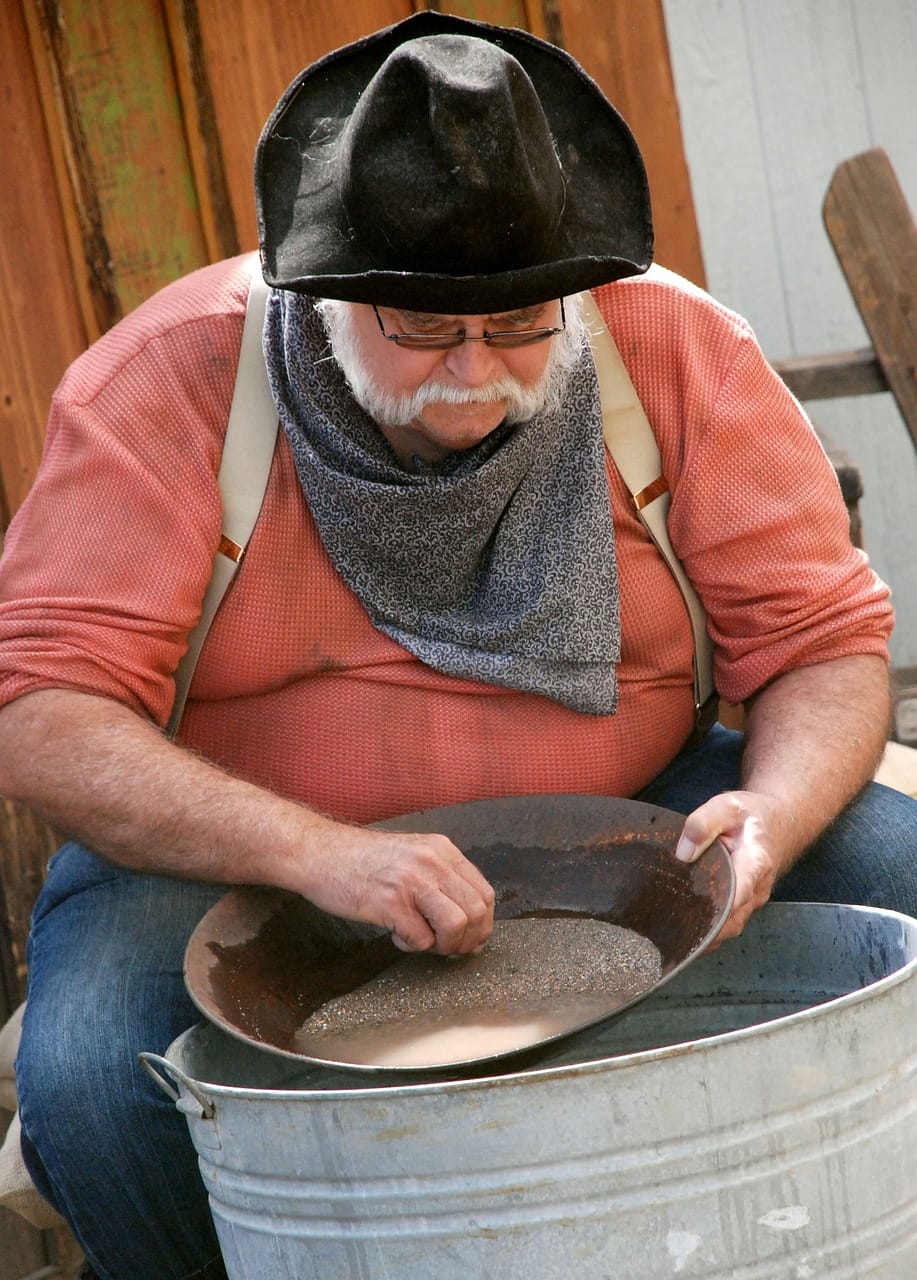
The Legalities of Gold Panning
Before you start panning for gold, make sure you're aware of the laws in your area. Some places require permits for recreational mining, and there are often rules about what you can and cannot do on public land. Always obtain permission before panning on private property.
Joining a Community of Gold Prospectors
There's a vibrant community of gold prospectors out there, and many are happy to share their knowledge. Joining local clubs or online forums can provide valuable tips and help you connect with others who share your interest in panning for gold.
The Role of Patience in Gold Panning
Patience is perhaps the most important quality for a gold panner. You might not find gold every time, but persistence can pay off. Many prospectors enjoy the process just as much as the potential rewards.
When to Call It a Day
Knowing when to stop is as important as knowing how to pan. If you've worked through your material and haven't found much, it might be time to try a new spot. Don't be discouraged—finding gold is often about trial and error.
Upgrading Your Gold Pans and Equipment
As you get more into gold panning, you might consider investing in new equipment. A better gold pan, a portable sluice box, or even a high-end metal detector can increase your chances of finding gold and make the process more efficient.
The Economics of Gold Panning
While some people have struck it rich by panning for gold, for most, it's a recreational activity rather than a serious money-making endeavor. However, with gold prices often on the rise, even small amounts can be worthwhile.
The Future of Gold Panning
Gold panning has a rich history and a bright future. As long as there's gold left in the earth, there will be people eager to find it. With advances in technology and a growing community of enthusiasts, the tradition of panning for gold is likely to continue for generations to come.
How to Pan for Gold
Some Final Thoughts
Gold panning is a fun and potentially rewarding hobby that combines outdoor adventure with the excitement of discovery. By understanding the process, choosing the right equipment, and being patient, anyone can learn how to pan for gold.
Remember to respect the environment and local laws, and join the community of gold prospectors to enhance your experience. Who knows, you might just find that big gold nugget you've been dreaming of.
FAQ's
Do I need a permit to gold pan?
It depends on where you are. Some public lands require permits for recreational mining, while others do not. Always check the local regulations before you start panning for gold.
Can I make a living panning for gold?
While it's possible to find worthwhile amounts of gold, for most people, gold panning is a recreational activity rather than a substantial source of income. It's important to have realistic expectations when starting out.
How do I know if I've found real gold and not fool's gold?
Real gold will be heavy and will maintain its luster even in the shade, while fool's gold (pyrite) is lighter and will not shine as brightly. If you're unsure, you can perform a simple scratch test or consult with more experienced gold panners.







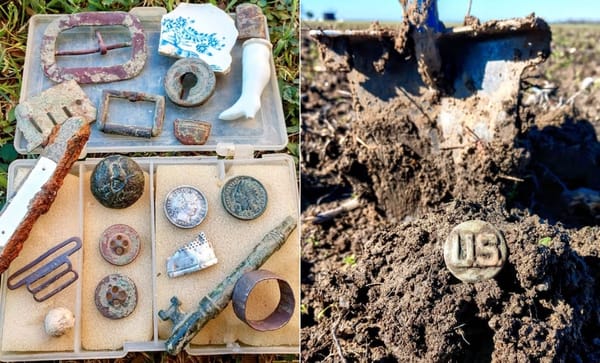
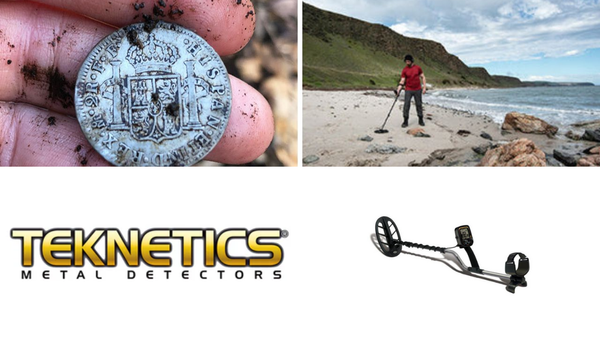
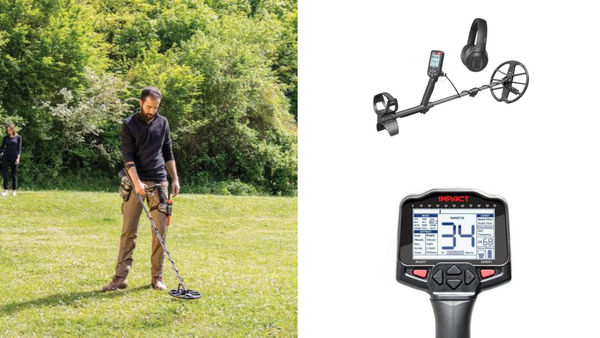


Member discussion